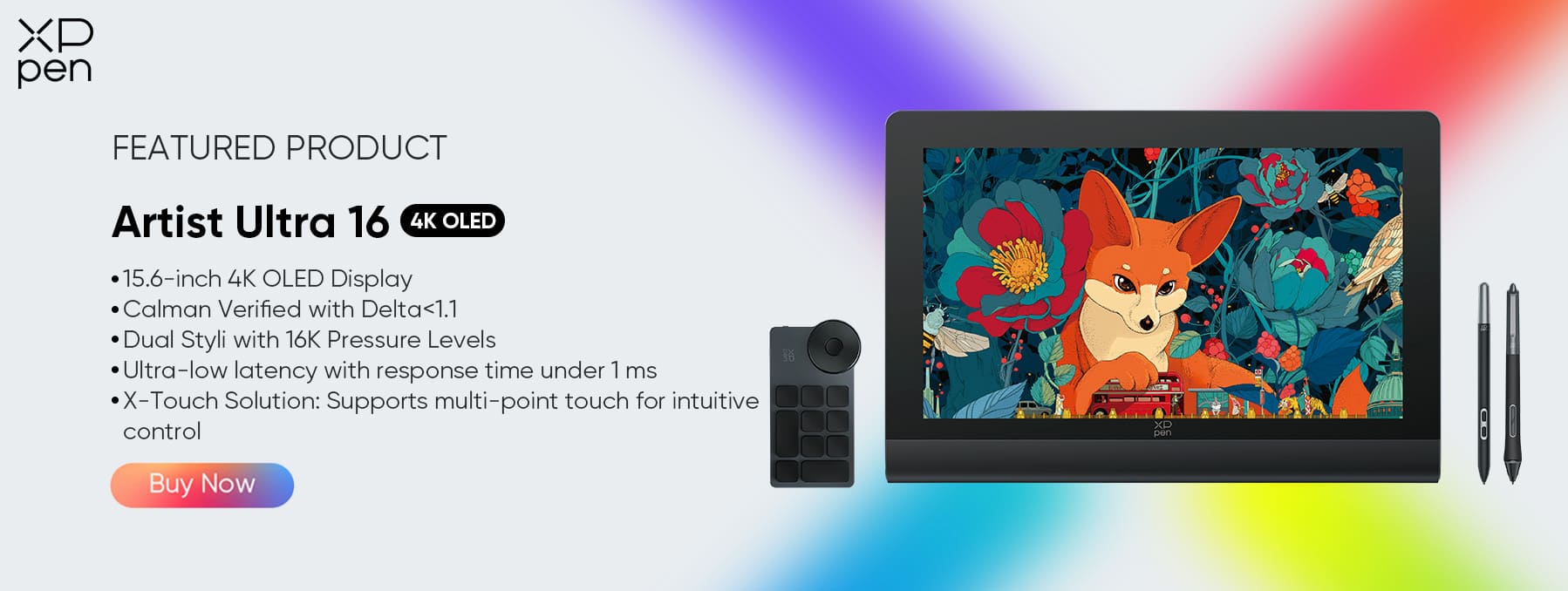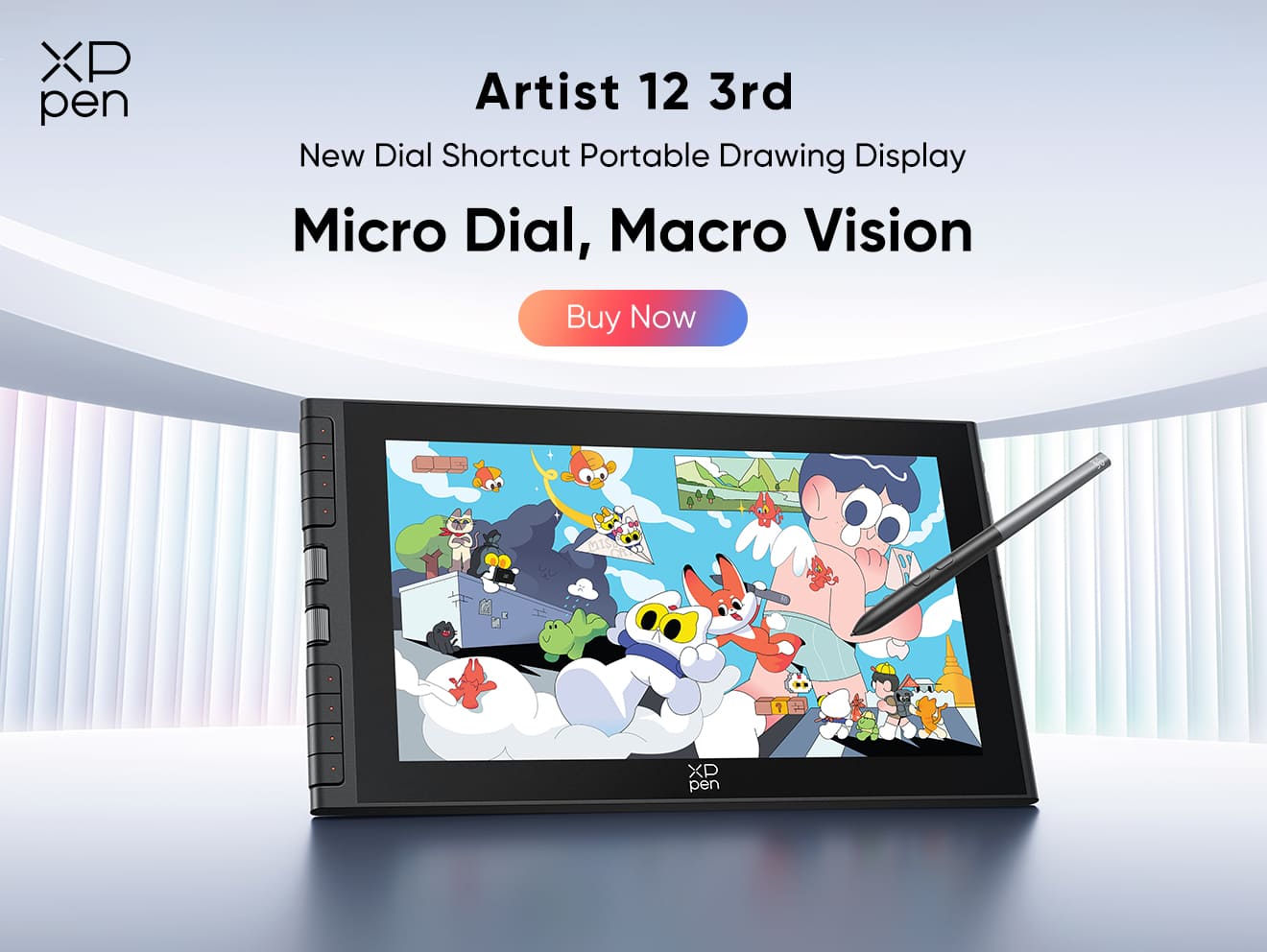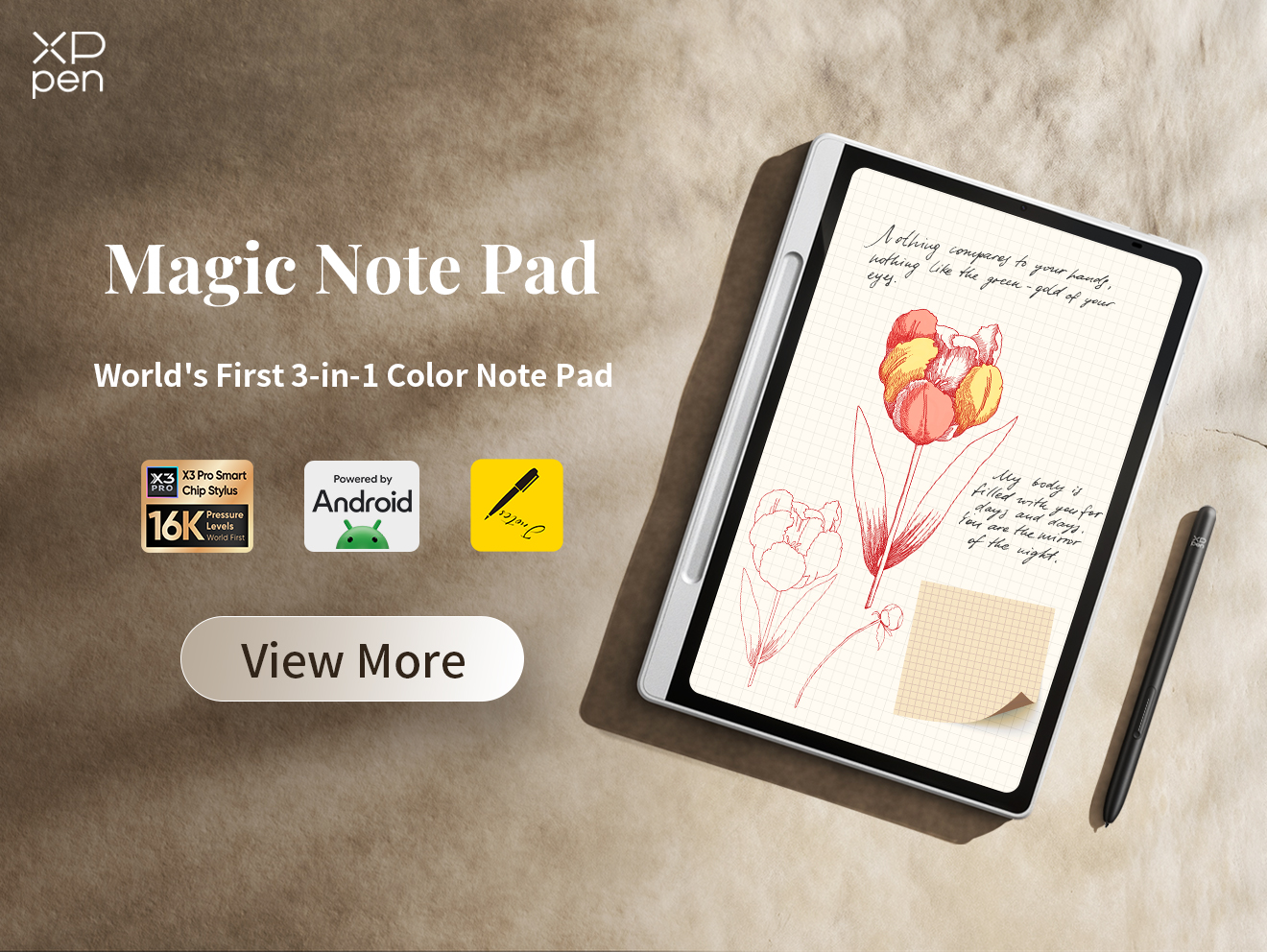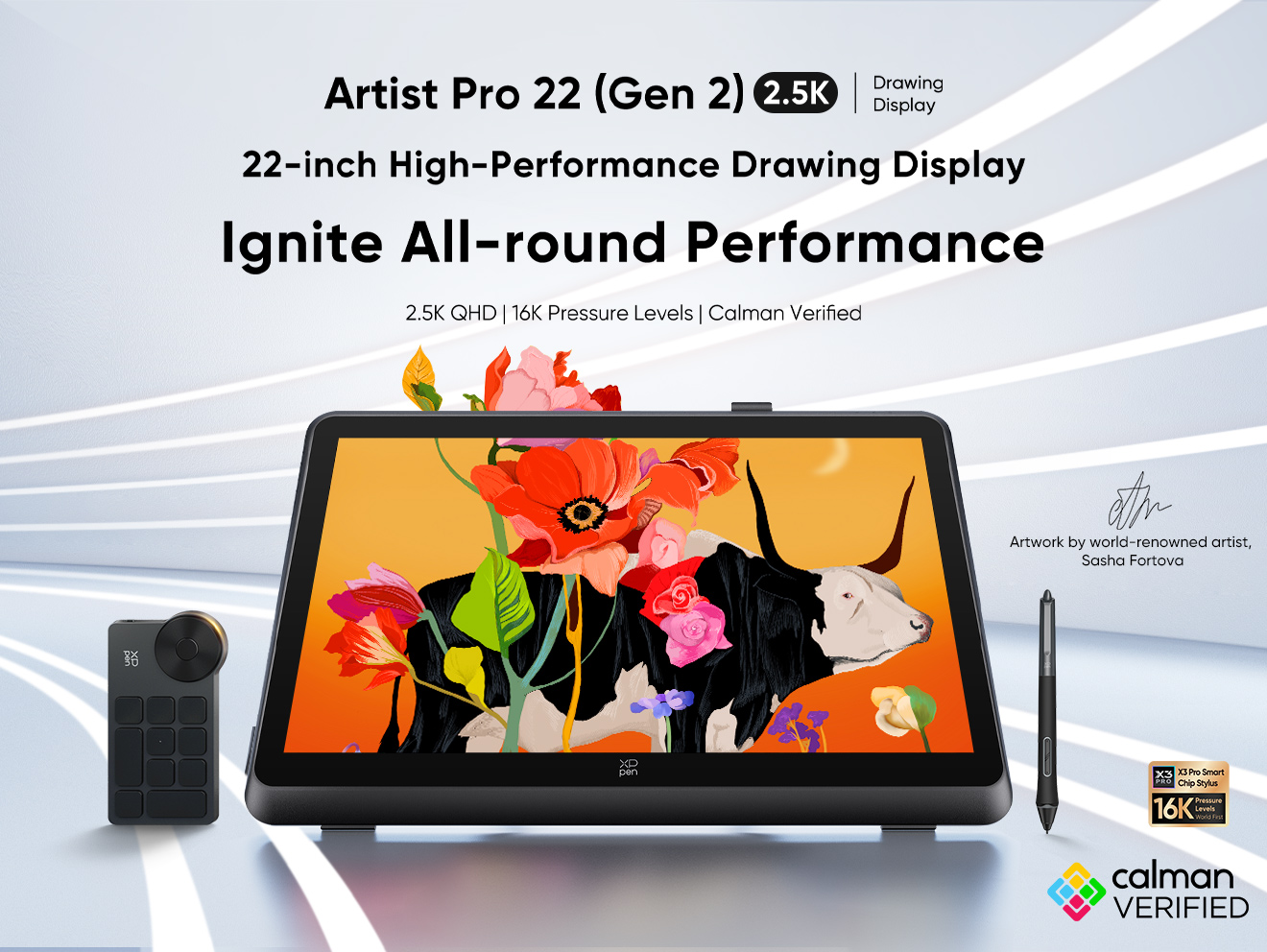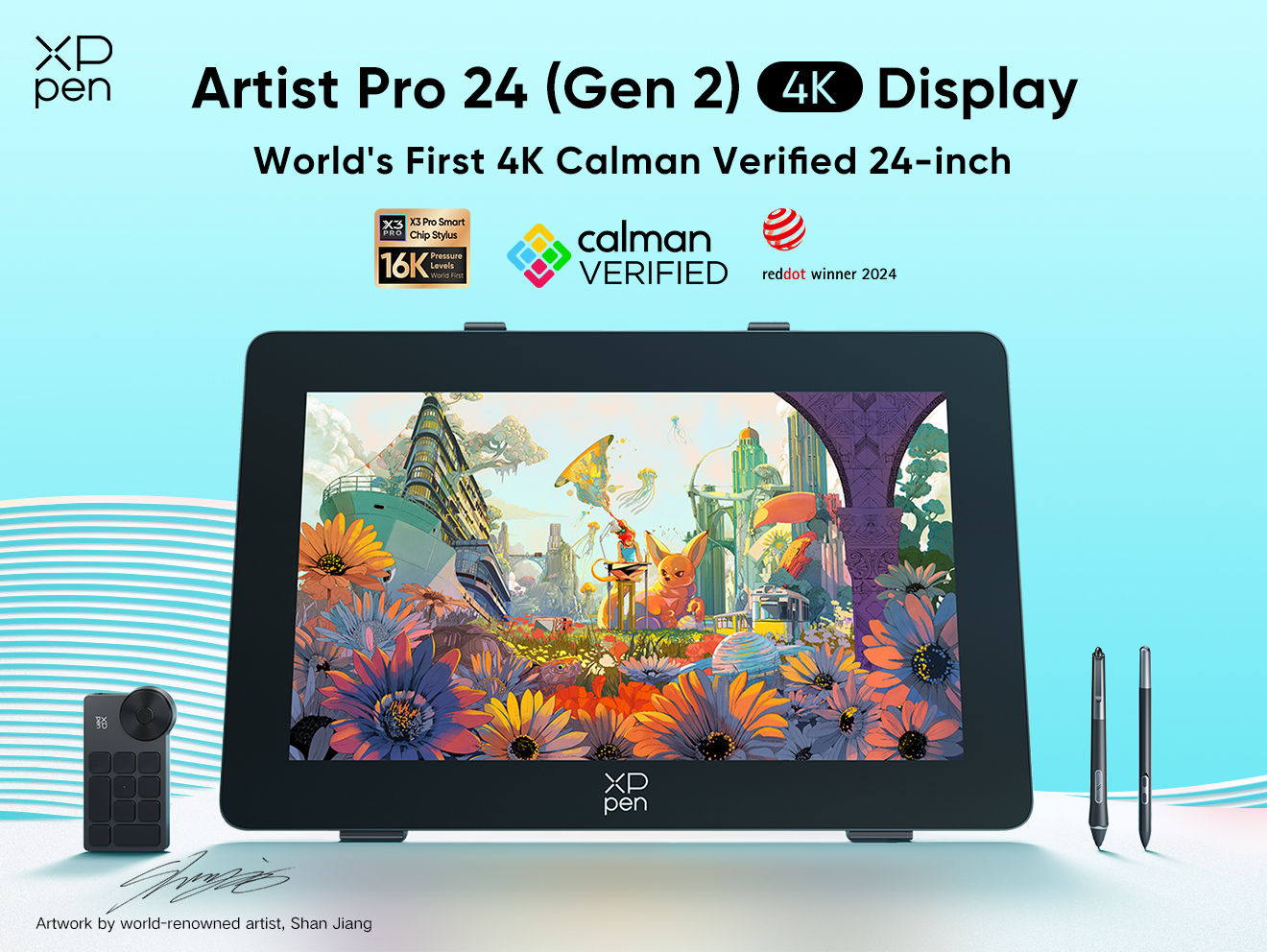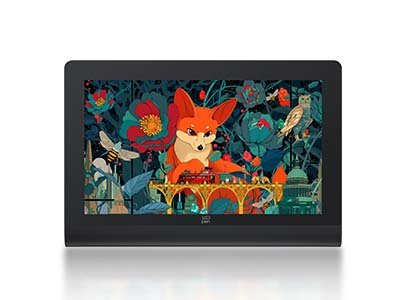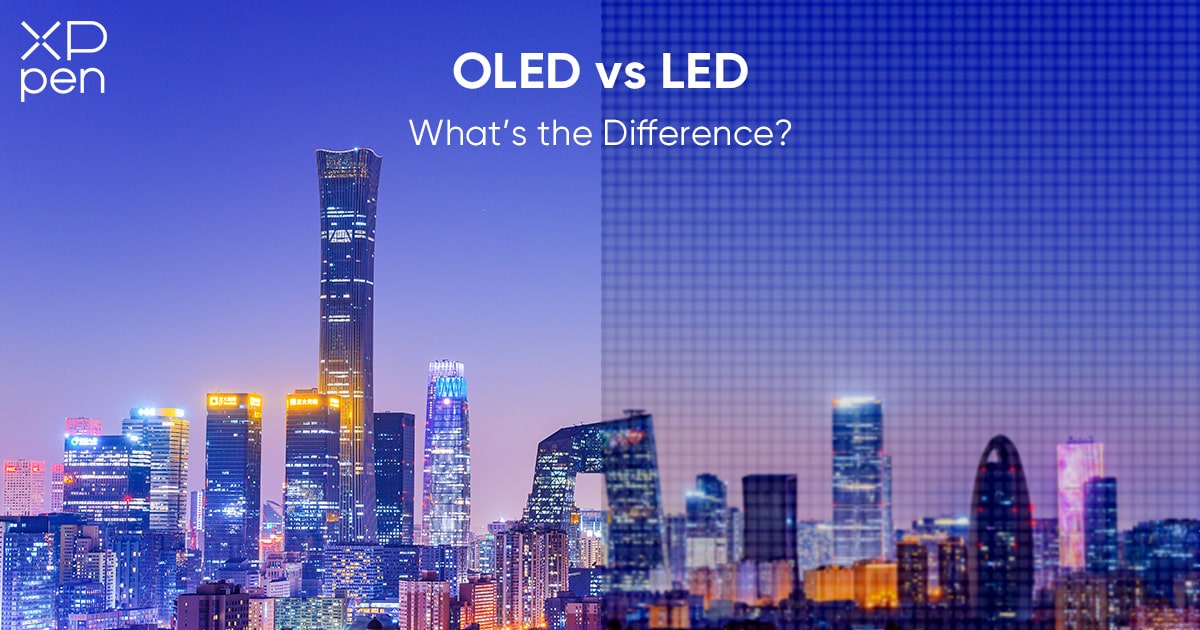
OLED vs LED: What’s the Difference?
KNOWLEDGEIntroduction
Do you know the differences between OLED and LED? While both are widely used in modern displays, they offer distinct advantages depending on the application. Understanding these differences is crucial for consumers and professionals, especially when choosing devices for high-quality visuals.
OLED technology is gaining popularity across various devices, from smartphones to TVs—and even drawing tablets.
In this article, we’ll break down LED and OLED technologies, compare their strengths and weaknesses, and help you decide which is best for your needs.
What is LED?
A light-emitting diode (LED) is a semiconductor light source that emits light when current passes through it. This phenomenon is known as electroluminescence, where electrons and electron holes in the semiconductor recombine, releasing energy in the form of photons.
LEDs are constructed with a chip of semiconductor material doped with impurities to create a p-n junction. When a forward-biased voltage is applied across the p-n junction, electrons from the n-type semiconductor and holes from the p-type semiconductor move towards the junction and recombine. The energy difference between the conduction band (where electrons reside) and the valence band (where holes are located) determines the wavelength of the emitted light. Different semiconductor materials and doping combinations are used to produce various colors of light. For example, materials like gallium arsenide (GaAs) and its compounds with other elements can be engineered to emit infrared, red, orange, yellow, green, blue, and even ultraviolet light.
Primary Devices & Applications
TVs and computer monitors Span diverse products, such as Dell UltraSharp monitors, Apple MacBook Air screens, Sony Bravia TVs, and Samsung Q60T series TVs.
Smartphones (older models): Encompass budget-friendly choices like Amazon Fire tablets and Samsung Galaxy A series smartphones.
Digital billboards and signage: Frequently utilize displays, including Samsung Smart Signage and LG Digital Signage.
Advantages of LED
Affordable – Generally cheaper than OLED.
Brightness – Performs well in well-lit environments.
Longevity – Less prone to burn-in compared to OLED.
Limitations of LED
Lower contrast – Blacks appear grayish due to backlight bleed.
Slower response time – Not ideal for fast-moving visuals.
Limited local dimming – Entire sections dim rather than individual pixels.
Mini-LED, an advanced LED variant, improves local dimming and contrast but still can’t match OLED’s per-pixel control.
What is OLED?
OLED stands for Organic Light-Emitting Diode, a display technology that differs fundamentally from traditional LCDs. Instead of relying on a separate backlight to illuminate the screen, each pixel in an OLED display is made of organic compounds that emit light individually when an electric current passes through them. This self-emissive property allows OLED displays to achieve deeper blacks, higher contrast ratios, faster response times, and more vibrant colors compared to LCD panels.
Because OLED pixels can turn completely off, these displays offer true black levels and improved energy efficiency, especially when displaying darker images. Additionally, OLED screens can be made thinner and more flexible, opening possibilities for innovative device designs.
Apple has played a significant role in popularizing OLED technology by integrating OLED panels into its flagship products like the iPhone X and later models. This move helped accelerate the adoption of OLED displays across the smartphone industry, pushing other manufacturers to follow suit and invest more heavily in OLED development and production.
Primary Devices & Applications
High-end smartphones (e.g., Samsung Galaxy, iPhone Pro models)
Premium TVs (LG OLED TVs)
Professional monitors and OLED drawing tablets (like the XPPen Artist Ultra 16)
Advantages of OLED
Perfect blacks & high contrast – Pixels turn off completely for true black.
Faster response time – Ideal for gaming and animation.
Wider color gamut – More accurate and vibrant colors.
Thinner & flexible displays – Enables curved and foldable screens.
Eye-friendly – Reduced blue light emission compared to LCD/LED.
If you're a graphic designer or digital artist looking to harness these OLED advantages in your creative workflow, the XPPen Artist Ultra 16 is a standout choice.
This 15.6-inch 4K OLED pen display offers ultra-fast response times (<1ms), true 10-bit color depth (1.07 billion colors), and 99% Adobe RGB coverage—making it perfect for professionals who demand color accuracy and smooth, lag-free performance.Its TÜV SÜD-certified screen emits low blue light, protecting your eyes during long hours of design. Combined with dual X3 Pro Series styluses and shortcut remote support, it delivers a seamless and premium creative experience on both Windows and macOS.
Limitations of OLED
Higher cost – More expensive than LED.
Burn-in risk – Static images over long periods may cause retention.
Lower peak brightness – Can struggle in very bright environments.
OLED vs LED: Key Differences Comparison Table
| Feature | LED | OLED |
|---|---|---|
| Backlighting | LED backlight behind LCD | Self-emissive pixels |
| Black Levels | Grayish blacks due to backlight bleed | True blacks, pixels off completely |
| Color Accuracy | Good but limited | Superior, vibrant colors |
| Viewing Angles | Narrower, color shift | Wide, minimal distortion |
| Response Time | Slower, possible ghosting | Very fast, ideal for gaming |
| Burn-in Risk | None | Possible with static images |
| Price | More affordable | More expensive |
| Lifespan | Longer | Shorter, especially under heavy use |
| Application devices | • Office monitors• Budget laptops• Entry-level TVs• Public signage• Basic drawing tablets | • Professional drawing tablets • High-end smartphones• Premium TVs• Color-critical monitors• Medical/aviation displays |
FAQ
Q1: Which is better, LED or OLED?
It depends on usage. OLED is better for deep blacks, contrast, and fast response (ideal for movies, gaming, and art). LED is more affordable and brighter, making it suitable for general use.
Q2: Is there a downside to OLED?
Yes, OLED is more expensive and has a slight risk of burn-in if static images are displayed for too long.
Q3: Is it necessary to buy an OLED drawing tablet?
For professional artists, yes. OLED provides better color accuracy, contrast, and smoother pen response, enhancing creative work.
Q4: Should you choose an LED or OLED TV?
If you prioritize deep blacks and cinematic visuals, go for OLED. If you need brightness for well-lit rooms and a budget-friendly option, LED is a good choice.
Conclusion
OLED excels in contrast, color accuracy, and response time, making it ideal for high-end displays and professional creative work. LED remains a solid choice for affordability and durability.
If you're an artist seeking the best display technology, consider the XPPen OLED drawing tablet—a combination of cutting-edge OLED benefits and professional-grade features that delivers an unmatched creative experience.
About Us
Founded in 2005, XPPen is a leading global brand in digital art innovation under Hanvon UGEE. XPPen focuses on the needs of consumers by integrating digital art products, content, and services, specifically targeting Gen-Z digital artists. XPPen currently operates in 163 countries and regions worldwide, boasting a fan base of over 1.5 million and serving more than ten million digital art creators.
Learn moreLooking for the Best Drawing & Design Apps?
Discover essential drawing techniques, expert tips, and the best app recommendations to boost your creativity and master digital art.
